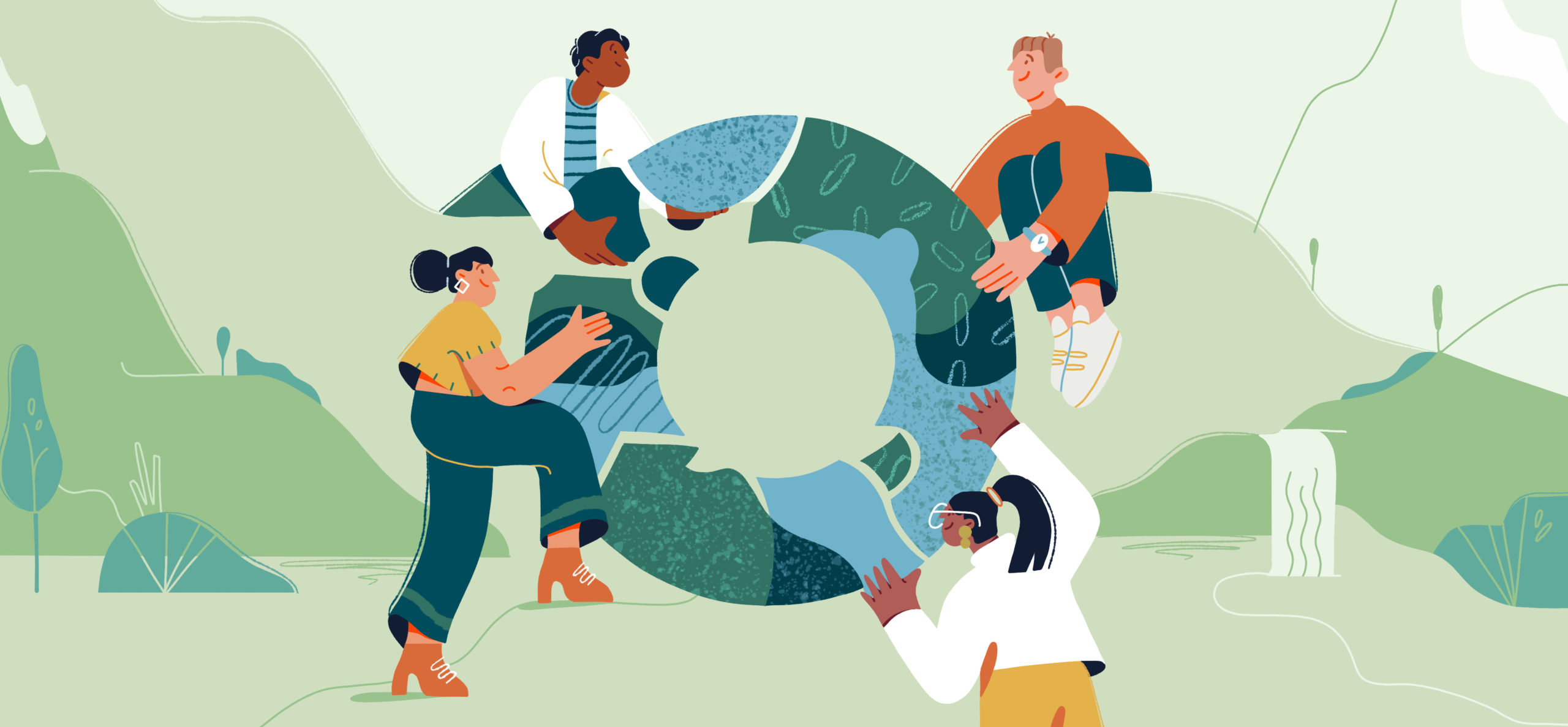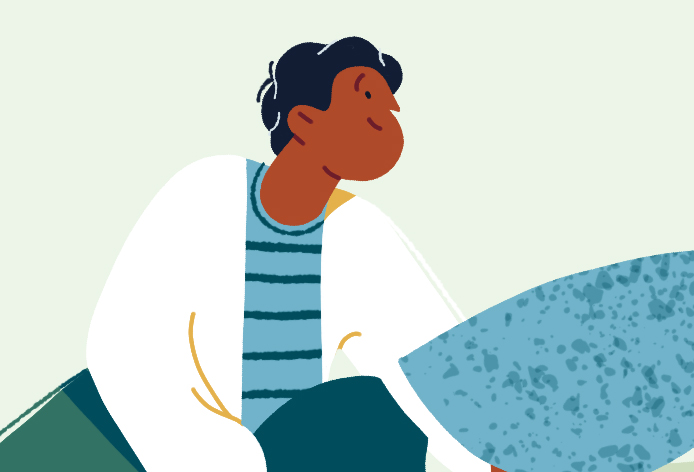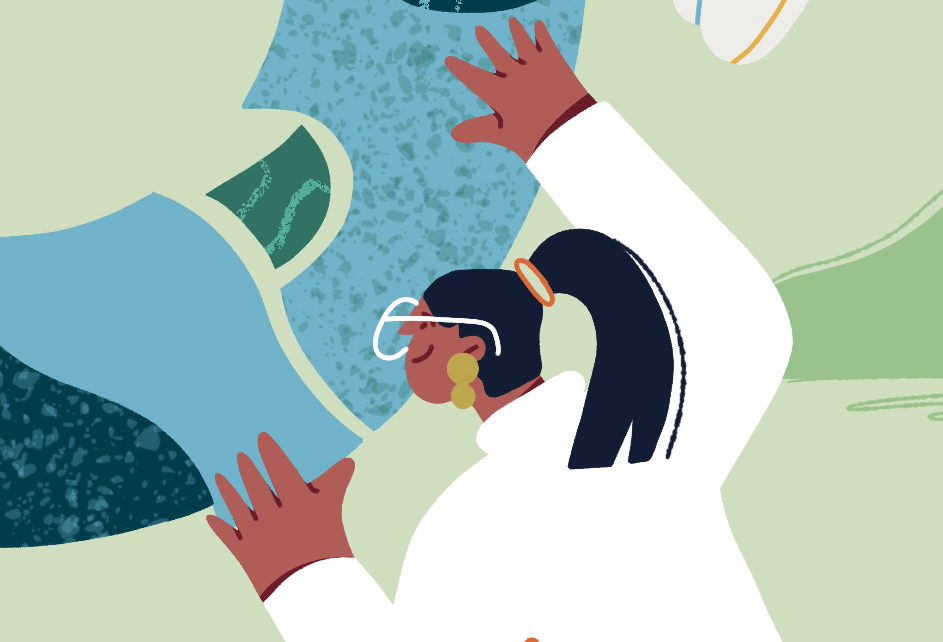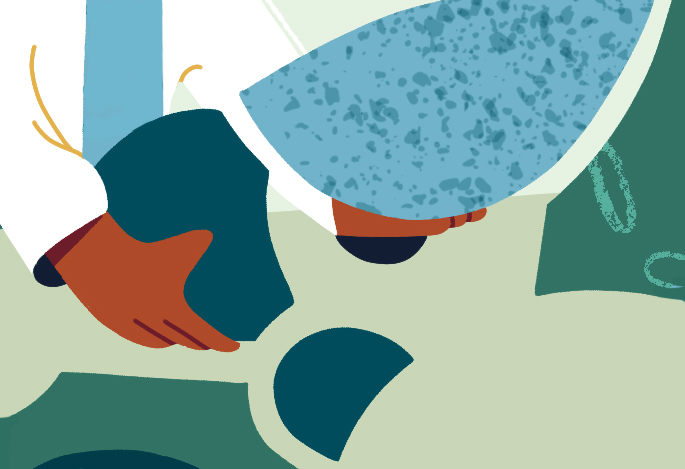
Committed to sustainability
The United Nations' Sustainable Development Goals are the most ambitious future program in the history of humanity and an especially goal-oriented source of inspiration for foundations.

“Sustainability is such a vague term: what does it have to do with my involvement in the cultural sector? Environmental protection is not really my focus.”
“In our foundation, we want to tackle the central questions that are relevant for future generations. How can we live today in such a way that our children and grandchildren can also lead a good life? How can we contribute to this with our foundation?”

Sustainability, climate protection, the Sustainable Development Goals (SDGs), which a few years ago were mainly a topic for environmental activists but is now on everyone’s mind. With the Paris Agreement, which came into force in 2016, almost every country in the world has made a legal commitment to climate protection. With the SDGs, the United Nations has adopted an agenda on how to enable all people on Earth to live in dignity and security for generations to come.
For philanthropists, these developments are relevant in, at least, two respects: One is the question of what they do; in which areas they get involved and what goals they pursue. Secondly, it is about how the commitment is organised. Sustainability also plays a major role here.
The Sustainable Development Goals
The SDGs were developed by the United Nations in a multi-year process with global participation. They describe the global priorities that the countries were able to agree on in 17 thematic areas. Specifically, the tasks are described in 169 sub-goals. The goals range from the global fight against poverty and hunger, to fair educational opportunities, environmental and climate protection, peace and the rule of law. [Further information in this specialised article.]

“I want to further understand what intersections my current work has with the SDGs – would I need to do anything differently to be in line with them?”
“We are currently undergoing a strategy process for our foundation. How can we use the SDGs to ensure that we really work on the most relevant topics?”

The SDGs are not a set of instructions or a textbook. Some of the sub-goals are aimed at states rather than private actors. Some of the goals are very specific: “Goal 1.1: By 2030, eradicate extreme poverty for all people everywhere, currently measured as people living on less than $1.25 a day.” Others are more programmatic: “Target 12.2: By 2030, achieve the sustainable management and efficient use of natural resources.”
Nevertheless, it is worth reading the SDGs – they give a good impression of what is currently particularly urgent. They also draw attention to areas that are otherwise not so prominent. Perhaps your own commitment is already reflected in one of the sub-goals. In this case, the categorisation makes it easier to find other philanthropists, foundations or initiatives that are working towards the same, or similar, goals.
In some cases, the previous or planned commitment cannot be found in the SDGs; this does not make it any less valuable. Concurrently, this can be used as an opportunity to check whether the commitment can be adapted or supplemented in order to make a contribution to the SDGs.

“I came across something interesting, the idea of ‘education for sustainable development’. It’s about creating awareness of our responsibility towards future generations. This can be implemented very effectively in the field of cultural education, which I would like to promote.”
“We have noticed that some of the projects and initiatives we support are very good at explaining how their activities contribute to the SDGs. We would like to discuss this with all the organisations we support in future, we may even make it a condition for funding.”

Sustainability in foundational activity
The SDGs can not only play a role in strategy development and the selection of projects. The “how” of a foundation’s work can also a reflection of their background – here are a few examples:
Personnel selection and development: “Target 5.5: Ensure women’s full and effective participation and equal opportunities for leadership at all levels of decision-making in political, economic and public life.”
Building, energy consumption, travel: “Goal 13: Take urgent action to combat climate change and its impacts.” Although this goal is primarily aimed at states, foundations can contribute to climate protection just like any other organisation.
Investment of foundation assets: “Goal 7.1: By 2030, ensure universal access to affordable, reliable and modern energy services.” A foundation could take this into account when investing its assets by investing in renewable energies, for examples see talk “Making an impact with assets”.
A comprehensive sustainability report with countless indicators is not always necessary to record an organisation’s own ecological and social footprint. Even with simple tools, an organisation can make an approximate assessment of its most important areas of work. The attitude of the people involved is crucial – it determines the importance of the SDGs in philanthropic work.
Of course, philanthropists and foundations are not restricted to the SDGs when considering sustainability issues. Saving energy and water, travelling by train instead of by car or plane, avoiding waste at events, paying attention to sustainably produced, regional and/or vegetarian/vegan alternatives when catering. Taking diversity into account when hiring staff, appointing committees or dealing with project partners are all contributions to sustainability and social justice in the everyday work of philanthropists and foundations that are not always explicitly mentioned in the SDGs.

Finding the right path
Endowments, donations, collaborations – how to get involved
Previous Inspiration
